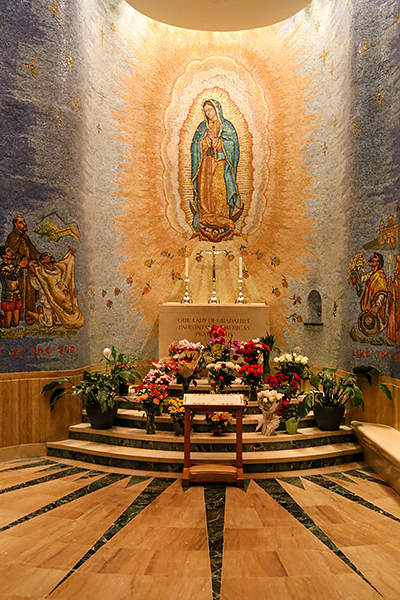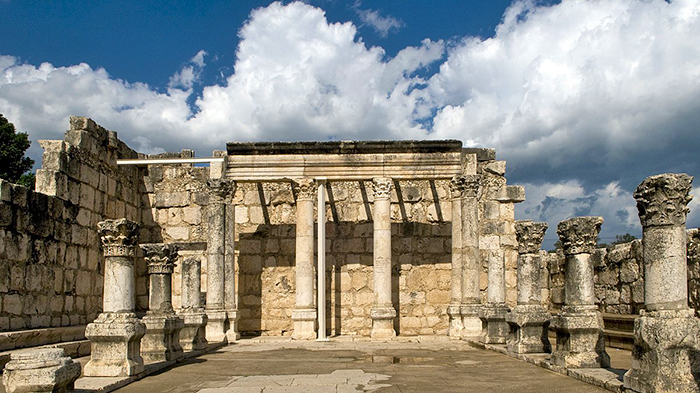
On Dec. 12, the Church celebrates the Feast of Our Lady of Guadalupe. Across the Americas, millions mark the day with pilgrimages, especially to the Basilica of Our Lady of Guadalupe in Mexico City, with songs and festivities at their local parishes, and, of course, with Mass. The Guadalupe event represented a new beginning for the Mexican people. There was an immediate explosion of faith as the news of the apparition was spread by the people themselves and nine million were brought to the Church within six years of the event. While volumes have been written on the richness of the symbolism of Guadalupe, it is sufficient to say that the power of the image rested in its ability to communicate to all the different populations in Mexico from within their own values and ideals. The image of Guadalupe, according to author Virgilio Elizondo in his La Morenita: Evangelizer of the Americas, is what was born in the new “American” synthesis resulting from the racial, social, ethnic, religious, political, artistic, and economic confrontation between Spain and Mexico that began in 1519. She was the foundation upon which the pride of the grandeza Mexicana would grow. She was the basis for the spiritual emancipation of the Mexican nation that would give rise to their political independence from Spain. She has come to stand for the unity and reconciliation, the personal and collective emancipation, and the liberation of Mexico. Furthermore, her importance has continued to grow beyond the borders of Mexico. For example, more than 20 popes have officially honored Our Lady of Guadalupe. In 1945, Pope Pius XII declared her “Queen of Mexico and Empress of the Americas.” In 1999, St. Pope John Paul II declared December 12 a Liturgical Holy Day for the whole continent and entrusted the cause of life to her loving protection. She is also the “Patroness of the Americas” and the “Patroness of the Philippines.” The image of Our Lady of Guadalupe that appeared on St. Juan Diego’s tilma, or simple cloak, should have deteriorated within 20 years. More than 480 years later, the image shows no sign of decay!









